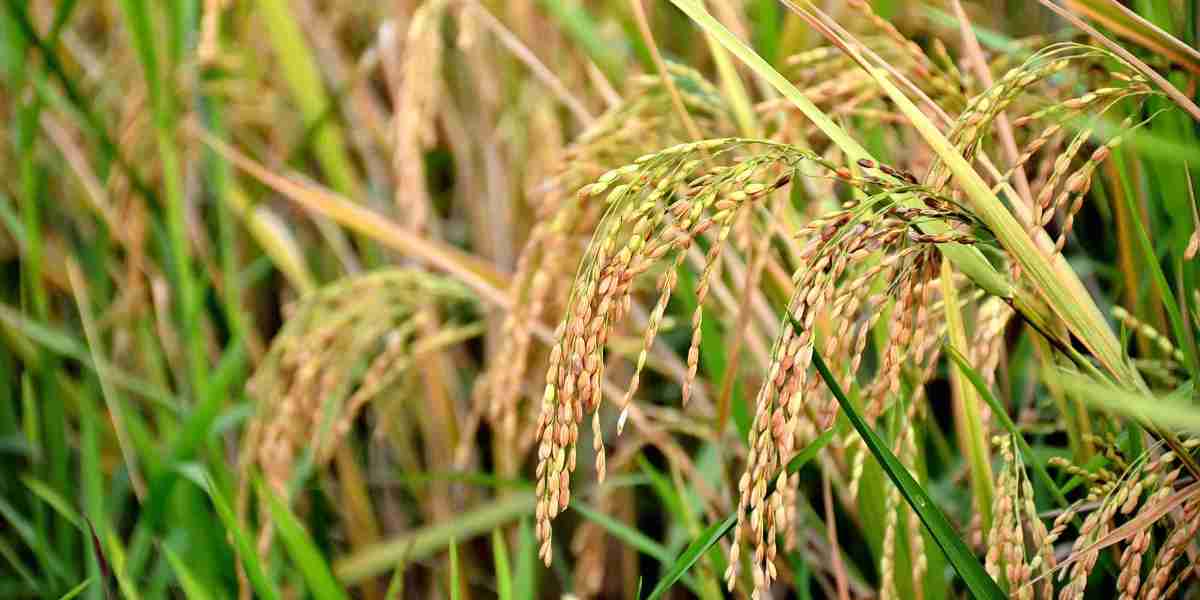What does science say behind so much dew in the morning?
September 22, 20243 Mins Read
Bright autumn sky. There are no clouds. No matter what day or night, it is raining. If you wake up early in the morning on such a day, you will see water particles accumulated on the tips of the grass, on the flowers, on the leaves. We call these water particles dew. The question is, where do these dew particles come from? Have you ever thought?
the dew
Dew is formed in the process of condensation. Condensation is the process of turning a vapor or gaseous substance into a liquid. Condensation in simple Bengali means to gradually transform into a substance of greater density. Water vapor in the air cools or condenses to form dew.
But how does the atmosphere cool? The main source of heat on earth is the sun. During the day, the earth is heated by the heat of the sun. As a result, the water evaporates into the air. At the end of the day, when the night falls, the temperature of the surface and the atmosphere decreases.
As the temperature of the atmosphere decreases, various objects around it also cool. The cooler the object, the cooler the surrounding air. Cold air cannot hold as much water vapor as warm air. As a result, the water vapor around the object is forced to condense. Small water particles, dew are formed. We see the same phenomenon in cold water bottles taken out from the fridge. There is also a drop of water. But they are formed by condensation of water vapor in the air. That is, it is also a kind of dew.
The temperature at which water vapor in the air turns into water particles is called the dew point or dew point temperature. Dew point can vary depending on surface location, weather and day length.
Humid regions, such as tropical or coastal regions, produce more dew than dry regions. Moisture is nothing. Humidity is the amount of water or water vapor in the air. Currently, the humidity level can be easily seen in smartphone weather apps. Warm and humid air contains a lot of water vapor. They turn into dew in the cold atmosphere of night.
Weather conditions play an important role in determining the dew point of a region. Strong wind currents or storms cause mixing between different layers of air. There is a difference in humidity in different layers of air. Due to the mixing of these winds, the overall amount of dew formation from the atmosphere of the area decreases.
Also, excessively cold weather also inhibits the formation of dew. When the temperature drops below zero degrees, the atmosphere in that region reaches the freezing point. As a result, water vapor no longer condenses there and turns into water particles. Sublimates, i.e. turns directly from vapor to solid ice.
Dew usually forms when the temperature drops at night and cools the surroundings. However, dew can form anytime the temperature reaches the dew point. The dew point temperature also changes with the moisture content of the atmosphere. So it has no fixed value.


















































